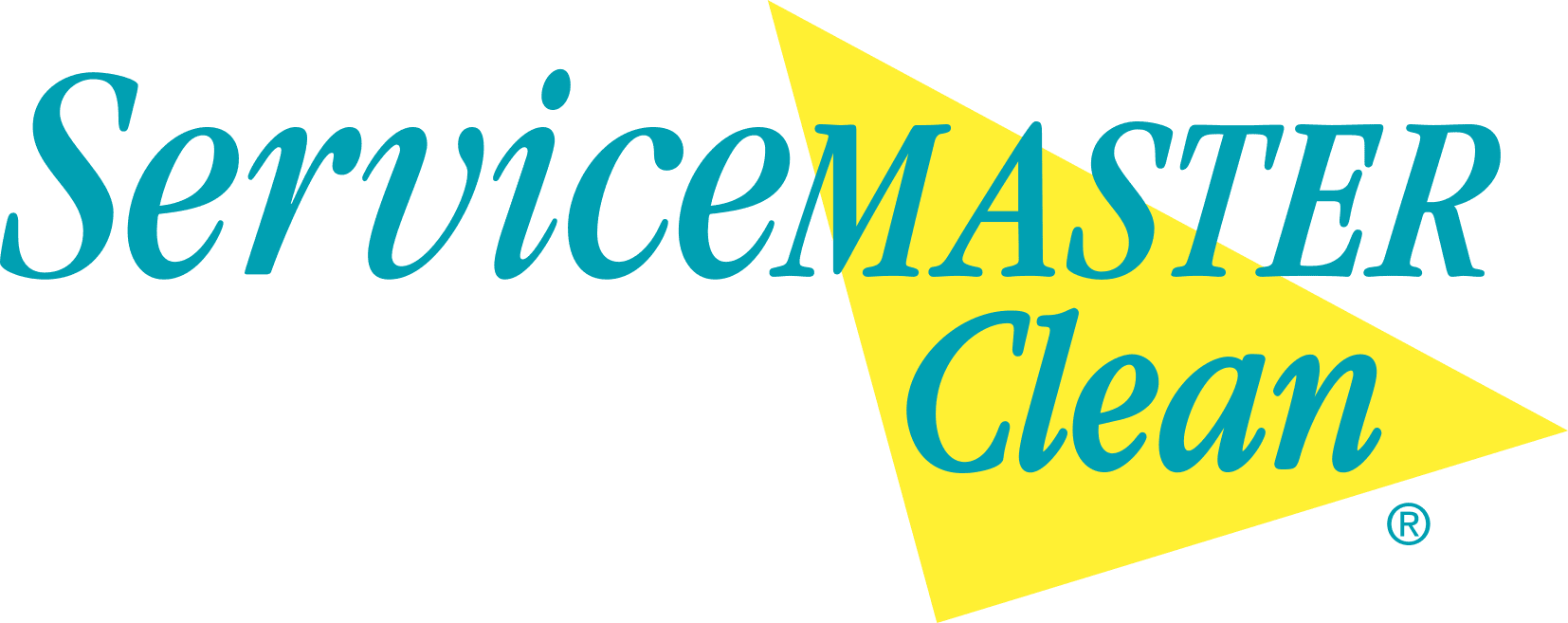Inspection Forms
Here are some examples of things to look for:
- Uncorrected problems from the previous inspection report
- Improper storage of materials (for example, in front of emergency exits or electrical panels, or blocking aisles or stairs)
- Slippery or unsafe surfaces, open manholes, accumulation of liquid or grease on floors
- Failure to put a sign or barrier near wet floors
- Lack of guarding on equipment
- Poor condition of equipment
After the inspection; Follow these guidelines to address issues and conclude the inspection:
- Remedy serious hazards or unsafe work practices immediately; this is a legal obligation. For example, if you find that a ladder has a loose or damaged rung, immediately remove the ladder from service and repair or replace it.
- Prioritize other, less serious hazards and assign someone to remedy each one.
- Follow up on any actions that will take time to complete (for example, purchasing new equipment).
- Communicate inspection findings to workers and manager
Vehicle Inspection Office Inspection Field Inspection COR Questions
Additional Resources
Site Navigation Links
